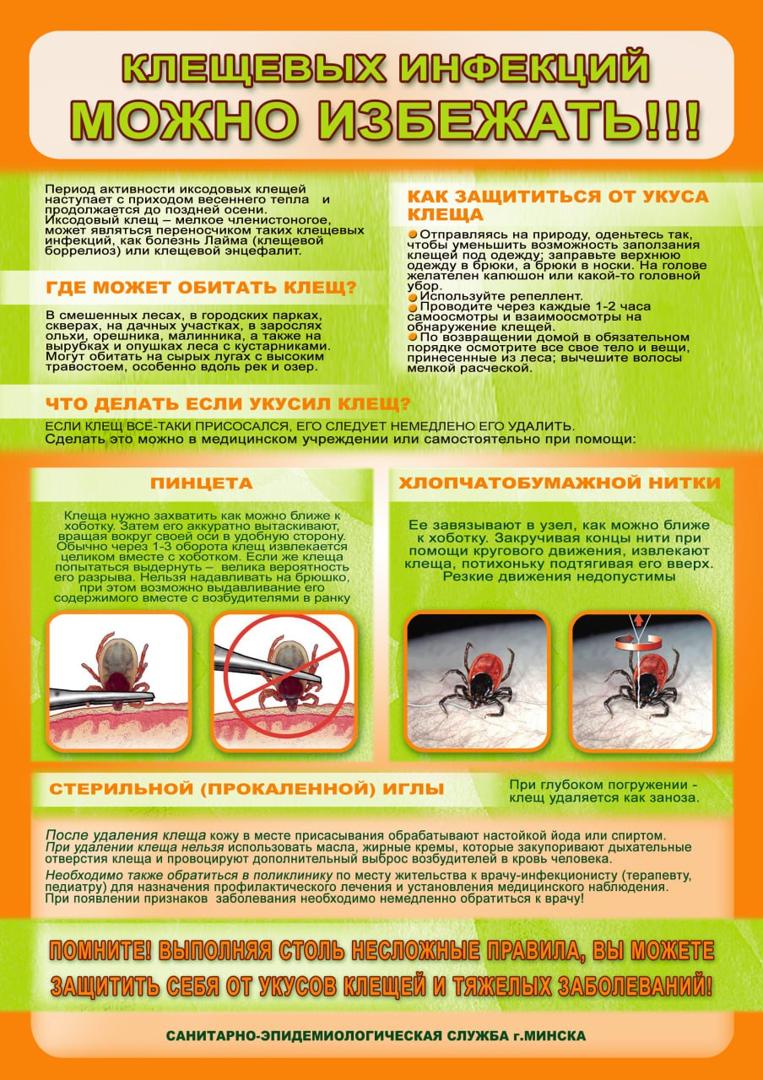This page has been translated automatically and has not yet been verified by experts.
The health of the lungs and other organs of the respiratory system is the main guarantor of human well-being. Their clear, coordinated, highly productive work is the key to an optimal quality of life. Prevention helps prevent diseases and optimize the functionality of the respiratory system.
Unfortunately, the human respiratory system does not always cope with its functions and perform the tasks assigned to it by nature itself. In this case, we can talk about a variety of diseases of the respiratory system, in particular the lungs.
In just a few years, respiratory pathologies may take third place in the ranking of the most common. It should be remembered that any pulmonary pathology can become deadly.
Lung pathologies include pneumonia, chronic obstructive pulmonary disease, tuberculosis, and lung cancer.
Some lung diseases in facts and figures
Unfortunately, the human respiratory system does not always cope with its functions and perform the tasks assigned to it by nature itself. In this case, we can talk about a variety of diseases of the respiratory system, in particular the lungs.
It should be remembered that any pulmonary pathology can become deadly. Important information about some of the most common ones.
Pneumonia
According to medical statistics, it ranks fourth among all diseases that are potentially fatal to people. Even today, despite the fairly high level of development of modern medicine, diseases of different causes and courses, united under the collective name “pneumonia,” sometimes lead the patient to the most tragic ending, taking away life itself. It is difficult to say exactly how many episodes of pneumonia actually occur each year around the world, predominantly among populations in economically disadvantaged countries. After all, some cases simply remain undiagnosed.
Most often, pneumonia is fatal for the most disadvantaged, people without a fixed place of residence, residents of nursing homes, the elderly, and children. And also for the disabled and those whose health has been undermined by chronic respiratory diseases, cardiopathologies, injuries, etc. Community-acquired pneumococcal infection is the most common culprit of pneumonia in Russians. According to official data, children in our country get sick due to her “grace” in 94 cases out of 100, adults in 76 out of 100. Humanity is threatened by an atypical type of disease that is difficult to diagnose. Sneaking up “on soft paws,” it sometimes disguises itself as a banal viral infection. It can be difficult to recognize, since the primary symptoms of pneumonia are hidden behind the secondary ones.
Chronic obstructive pulmonary disease
In the International Classification its name sounds exactly like this. But a separate line for chronic obstructive pulmonary disease (COPD) was allocated relatively recently, in 1998, on the basis of a joint document adopted by the World Health Organization and the American Heart, Lung and Blood Institute. The word “disease” is used in the plural, essentially uniting the different stages of the obstructive disease itself and some other pathologies. For example, tuberculosis. About 14 million patients are registered in the United States. According to the results of a study by the Global Alliance to Combat Chronic Respiratory Diseases (under the auspices of WHO), over 22 million Russians are familiar with the symptoms of COPD. The global “team” includes 600 million patients. Every second on our planet, through her fault, at least one person loses his life. The highest mortality rate among people diagnosed with COPD was recorded in Hungary. Out of 100 thousand of all deaths that claim the lives of residents of this country, 41.4 are the result of this disease.
Tuberculosis
This very serious lung disease, previously popularly known under the apt name “consumption,” continues to claim human lives as many centuries ago.
People's health is increasingly threatened by drug-resistant or drug-resistant forms of pathology.
Lung cancer
Every year, this pathology is diagnosed for the first time in a million patients around the world. 60% of them, despite all the efforts of modern medicine, face an unfavorable prognosis. This terrible disease remains problem No. 1, as it leads in the number of deaths among other oncological pathologies.
The success of treatment for lung cancer is directly associated with the speed of seeking medical help. If the disease is diagnosed and the fight against it begins in the early stages, 80% of patients have real hope for recovery. When a person does not pay attention to alarming symptoms, persistently does not go to see a doctor, or ignores medical recommendations, the chances of survival are rapidly reduced. Among those who decide to give up on their own health, the risk of dying within two years increases to 87%.
What prevention of pathologies of the respiratory system?
A huge role in the prevention of various respiratory pathologies is given to specific prevention (vaccination), which allows you to build immunity to a specific disease. Nonspecific prevention consists of combating negative life factors that provoke the development of pronounced clinical manifestations of lung diseases after their asymptomatic or erased course and determine their subsequent development.
Important! Among the negative factors, smoking (including passive smoking) can be put in first place. It is this addiction that increases the risk of developing respiratory cancer pathologies by 30 times! The success of treatment and prevention of respiratory pathologies directly depends on timely diagnosis. Periodic monitoring of the condition of a person’s lungs makes it possible to recognize the disease even at the earliest stages. The study of dynamic changes in the lungs is indicated primarily for primary patients who have symptoms of pathologies of the respiratory system, people with previously identified chronic diseases in order to monitor the condition and evaluate the effectiveness of treatment (we are talking not only about lung diseases, but about many other pathologies associated with them), patients before any surgical interventions, smokers, workers in hazardous industries and residents of environmentally unfavorable regions.
How to avoid lung problems? You need to adhere to several rules: give up addictions, avoid hypothermia, spend more time outdoors, maintain optimal temperature and humidity in the room, regularly do wet cleaning, exercise, take a contrast shower, get enough sleep, avoid stress, eat healthy and nutritious food, maintain a drinking regime, undergo an examination every year, have an X-ray of the lungs or fluorography.
Walking in the fresh air is good for your health. Breathing sea and pine air has a beneficial effect on the organs, so every year it is necessary to relax in the forest or on the sea coast. During cold epidemics, take antiviral drugs for prevention, avoid crowded places, and limit contact with sick people.


